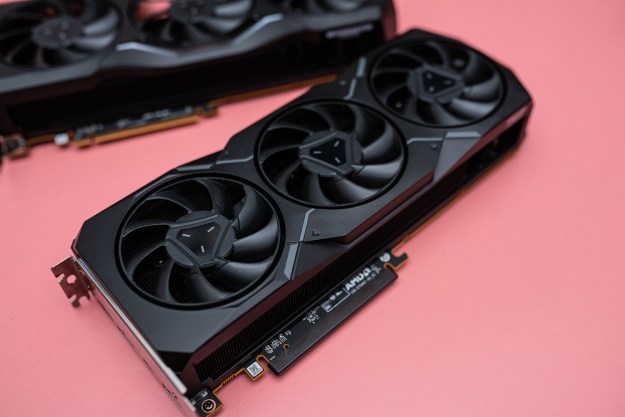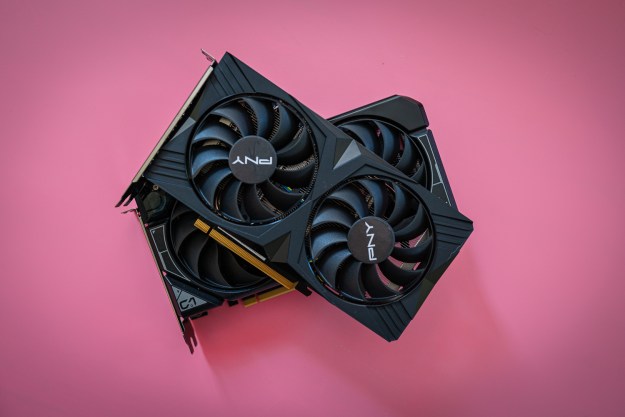The RTX 3090 Ti finally launched at the end of March. Even before it became available, though, there was some concern surrounding its unprecedented power consumption levels, and this particular aspect has continued to be the topic of discussion since it hit store shelves.
When running at 300 watts, however, the board manages to become quite an efficient-friendly graphics card.

A standard RTX 3090 Ti sports a thermal design power (TDP) of 450W, with some Nvidia board partners outfitting their custom RTX 3090 Ti models with a TDP exceeding 500W. Certain manufacturers have even introduced variants that could consume 1.2KW of power.
As such, the “monster”
Igor’s Lab conducted a comprehensive performance test for the RTX 3090 Ti when it runs at 300 watts.
As detailed by Tom’s Hardware, the RTX 3090 Ti more or less matches the Suprim X RTX 3080 Ti when it comes to gaming performance. Across all the games that were tested, the former delivered an average frames per second (fps) of 96.3, while the RTX 3080 Ti came in slightly ahead at 97.7 fps.
As for the power consumption, this is where things start to get interesting. With its power draw limited to around the 300 watts mark, the RTX 3090 Ti ran at a maximum of 314 watts. Notably, the 3080 Ti consumed an extra 95W of power with a TDP of 409W. As a result, the RTX 3090 Ti is 30% more efficient in power consumption.
Elsewhere, the power-restricted RTX 3090 Ti tested by Igor also beats the 319W Radeon RX 6800XT in both gaming (16% faster) and power consumption aspects. The RTX 3080 10GB, meanwhile, consumed 351 watts of power — it was also 11% slower than the 3090 Ti.

The era of power-guzzling Nvidia GPUs has arrived
Now you might be thinking that a $2,000 GPU should beat any inferior card when it comes to performance, but this is the first time a 3090 Ti has been capped to 300 watts and extensively tested — its power efficiency results compared to other flagship boards shouldn’t be understated. All told, it’s fairly impressive.
It goes without saying that paying the aforementioned amount for what is, at the end of the day, a GPU and then underclocking it won’t be an attractive prospect for potential 3090 Ti owners. That said, the 3090 Ti is clearly capable of holding its own even when its wattage amount has been reduced.
Looking ahead, Nvidia’s RTX 4090 is naturally expected to require even more power than the 3090 Ti. With specs that could be “literally exploded,” it shouldn’t come as too much of a surprise that the next-gen GPU may consume 600 watts of power, in addition to requiring a huge 1,200-watt power supply unit (PSU).
While many within the technology community don’t feel the 3090 Ti’s specifications justify a purchase, it seems that Nvidia itself is likely using the board as a stepping stone for its upcoming RTX 40-series range.
In any case, with huge jumps in power consumption levels all but confirmed for next-gen GPUs, the stage is set for AMD to give Team Green a run for its money — engineers for Team Red are seemingly confident that RDNA 3 video cards “will decimate Nvidia in efficiency across the entire lineup.”
Editors' Recommendations
- Nvidia RTX 50-series graphics cards: news, release date, price, and more
- Nvidia just made GeForce Now so much better
- Using an RTX 3060? Here’s the GPU to upgrade to next
- The Nvidia RTX 4080 Super just trounced AMD
- AMD just did Nvidia a serious favor





